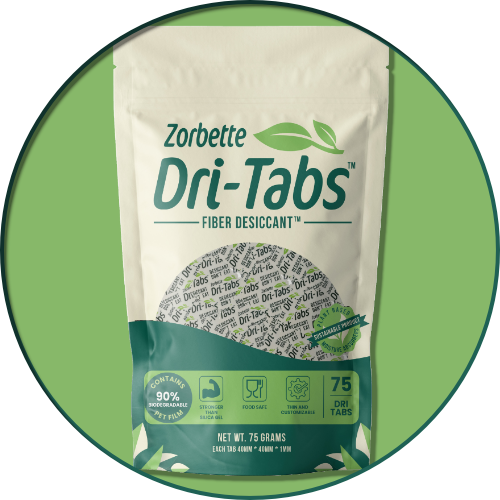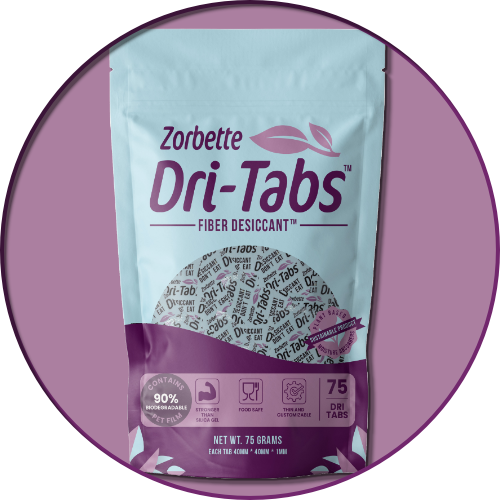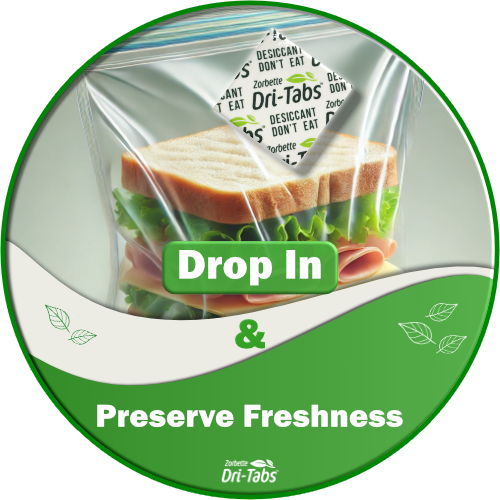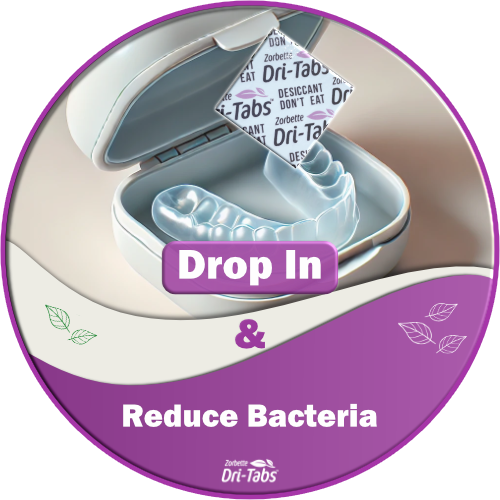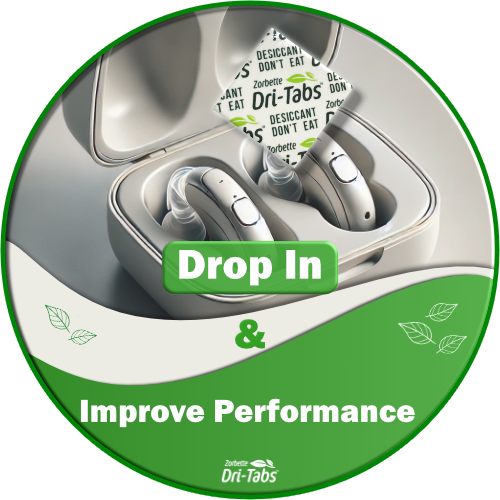
How to Keep Bread Fresh Without Mold: A Natural Solution You Haven’t Tried
Share
Few things are more disappointing than reaching for a loaf of bread only to find it spotted with mold. Whether it’s a homemade sourdough or store-bought sandwich loaf, keeping bread fresh without preservatives can feel like a race against time. But what if there was a simple, natural way to prevent moisture buildup—the leading cause of mold—without altering the taste or texture of your bread?
Enter: fiber desiccants—a sustainable solution that’s changing how we store perishables like bread.
Why Bread Molds So Quickly

Bread is especially vulnerable to mold because it contains moisture, organic matter, and is typically stored in warm environments. When sealed in plastic or airtight containers, even small amounts of trapped humidity can create the perfect greenhouse effect, accelerating mold growth in just a few days.
Refrigeration slows down mold, but it can make bread go stale faster. Freezing helps, but it’s not ideal for daily, on-the-counter use.
The Hidden Enemy: Humidity
When you place freshly baked or even store-bought bread into a sealed container, you’re also locking in residual moisture from the loaf and the surrounding air. That moisture has nowhere to go—so it condenses, clings to surfaces, and sets the stage for mold to flourish.
The key to mold-free freshness isn’t adding more preservatives or changing how you bake—it’s controlling the micro-environment where the bread is stored.
Fiber Desiccants: The Freshness Hack You Need

Fiber desiccants, like Zorbette Dri-Tabs, are thin, food-safe pads made from natural plant fibers and hygroscopic salts. They work by absorbing ambient moisture inside containers and bread boxes, reducing the relative humidity to levels where mold can’t thrive.
Here’s why fiber desiccants are the ultimate bread-saving solution:
-
🌱 Natural & Safe: Made from biodegradable fibers and food-grade calcium chloride. No chemicals or off-gassing.
-
🌬 Moisture Magnet: Attracts and locks in moisture without touching your food.
-
🥖 Taste-Neutral: Won’t affect flavor, texture, or aroma.
-
♻️ Reusable: Many fiber desiccants can be recharged by gently heating in a toaster oven. (200 degrees for 25 minutes)
-
🍞 Perfect for Loaf Storage: Works seamlessly inside bread bags, boxes, or airtight containers.
How to Use a Fiber Desiccant for Bread Storage

-
Store Bread in a Container or Bread Box
Use a bread keeper, large Tupperware, or resealable bag. -
Place a Fiber Desiccant Inside
Place and spread out a few Dri-Tabs within the container. -
Monitor Softness, Not Mold
Your bread will stay naturally moist and soft—but mold-free—for significantly longer. -
Recharge as Needed
Once the Dri-Tab feels soft or slightly saturated, recharge it in a 200°F toaster oven for about 25 minutes.

A Smart Addition to Any Kitchen
Whether you bake at home or just hate throwing away moldy loaves, adding a fiber desiccant to your bread storage routine is a game-changer. Unlike silica gel packets or paper towels, fiber desiccants are specifically designed for food storage, blending performance with sustainability.
Final Thoughts
Keeping bread fresh without mold doesn’t require artificial preservatives or frequent trips to the freezer. By using a fiber desiccant, you create a dry, mold-resistant environment naturally—preserving flavor, texture, and peace of mind.
Next time you reach for a loaf, make sure it’s mold-free, soft, and just as fresh as when you bought it.
Try it with your next bake—you’ll never store bread the same way again.

Patrick Sassano
Learn MorePatrick Sassano is founder Dri Biz Inc, a desiccant and rust preventative retailer.


